
Morar Andrei
-
Posts
264 -
Joined
-
Last visited
Content Type
Profiles
Forums
Blogs
Gallery
Events
Store
Posts posted by Morar Andrei
-
-
All of this is very interesting. Thank you very much!
0 -
On 21.01.2021 at 02:59, Bayern said:
Dear Andrei, these two Frontier Guards wear Austro Hungarian uniform
Yeah, ever since I made the original post, I realised the mistake I made back then.
0 -
Oh, so the two principalities did have permanent armies even before the Organic Regulations of 1830. I always had the impression that was the beginning, especially since many history books on the topic start with 1830, as well as that seems to be the year when the armies of Moldavia and Wallachia received standardised uniforms for each kind of unit.
Were standardised uniforms a thing before that year too, or the troops were looking more like irregulars, perhaps on the model of the Panduri? Especially after the mass introduction of muskets/firearms (when did the two principalities start using predominantly musketeer units instead of the pike and shot tactics?) and the 18th century
0 -
I may have found out the reason for the lack of images from the Napileonic era regarding military units of Wallachia and Moldavia at the beginning of the 19th century. The armies of the two principalities were recreated only in 1830.
0 -
Thank you! And for this one, I need to say a big thank you to the guys from Tanks Encyclopedia community, for helping me on the technical side, learning me some tricks and giving advice on the color palette.
0 -
-
Thank you very much! Happy New Year in 2020!
0 -
-
Thank you
0 -
-
I know the best restorations are made by professional restorers, but currently I can't do that because of a few reasobs:
1. Most live in other countries, and I have to use a different currency than the one in Rinania
2. I'm underage
3. Due to my age, I can't make a PayPal account and many times I do not afford the cost of a restoration.
At the moment, I consider that the images I started doing can be decent, especially with a bit of help from a re-enactment specialist I'm friends with.
0 -
-
Yes, there is a French officer. I think that person was part from Henri Berthelot's French Military Mission in Romania.
0 -
-
Actually, Iuli August Sturza (http://www.humanitas.ro/luli-august-sturdza) is a Romanian painter born in 1922, and that is one of her works. The only thing I wonder is why did she add the feathers. But I don't think it is as worse as turning Panther wheels that could be placed in a museum into benches.
The painting itself depicts rulers of the Romanian Principalities before 1859.
0 -
This is just said. Nothing else to say. It shows the degree intelligence and culture (or lack of) my compatriots have. One of the 13 Panther tanks received in 1946 was turned into a bench in a park (at least it's wheels). The rest of the tank probably got to the scrapyard a long time ago.
Btw, should this thread be here or in Officers' Lounge?
0 -
It feels a bit different when you read about the battle and you know that you had a family member who fought there and most probably even met his end, together with most of his comrades . It made me think quite a lot about what happened on that final days, and gave me the idea that at least once I should get to Przemysl and see the fortress.
I made some studies in local archives and works that treat the history of the area I live in, and that confirms the guys I was looking for in "Unknown Austro-Hungarian uniform" were part of the 23rd Honved Regiment, 3rd battalion, and according to the studies, only 1 out of 6 men returned home from the unit, story similar to most regiments conscripted in the Fogaras district.
0 -
Wow. Thank you very much for the source!
0 -
Yes, totally looks to be a T-34/85. You can recognise it after the turret and gun. Also this version has the side tanks, which I think started to be placed like that in late war.
0 -
Bayern, I am looking for 1:72 scale figurines, looking especially for German or Russian tanks. After a bit of research, the only thing I could find were some modern tank figurines made by a certain company called Eaglemoss or Quasar Comex, on a website called Emag (I don't know if this website/platform is relevant for your country) (https://www.miniprix.ro/f7280009861001-macheta-militara-de-colectie---tanc-c1-ariete---scara-1-72/p and https://m.emag.ro/machete-militare/c), but I found only modern tanks that are non-built kits.
I am sorry about the fact 10 years ago there was one professional shop in Romania where I could find anything related to military vehicles, from books and figurines to big, remote control tanks. At the time though I was too young and did not know what that things are, so I possibly missed the only chance to get that kind of stuff, because the shop closed a couple of years after my first visit there. And it was not even that far from home...
0 -
Kinda useful. But sadly it is kinda hard to use Ebay or Amazon in Romania, since we are not used to those and they usually do not deliver certain objects in my country. And neither Valor nor Dragon are brands that can be found here.
0 -
-
I know this us not necessarely about WW1, but there was no better section to post it in. I have recently watched some footage from the parada that took place at Paris on July 14th 1919, and I know that Romanian soldiers were present alongside the other nations of the Entente. But besides 10-20 seconds of film, is there any other image related to our soldiers that participated at the parade?
The only source I found was this video:
The Romanians are featured at 14:46
0 -
Oh, yeah. Thank you! It is more probable that the men I am looking served in a Hungarian regiment due to their region (and also the Magyar units has on their trousers the famous "Hungarian knot"). Are there any illustrations of Hungarian soldiers from 1900-1914? The thing I do not understand is why the corporal has a different colored uniform, while the soldier next to him is wearing a more "classic" uniform of the A-H army. I understand he has a different rank, but they might have served in the same unit.
0



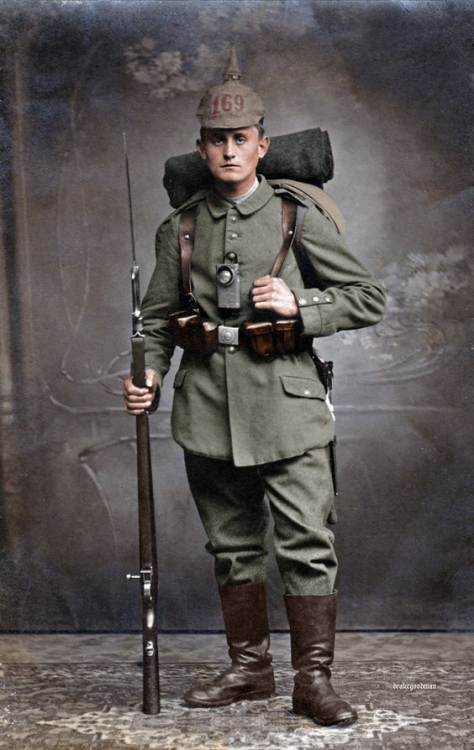

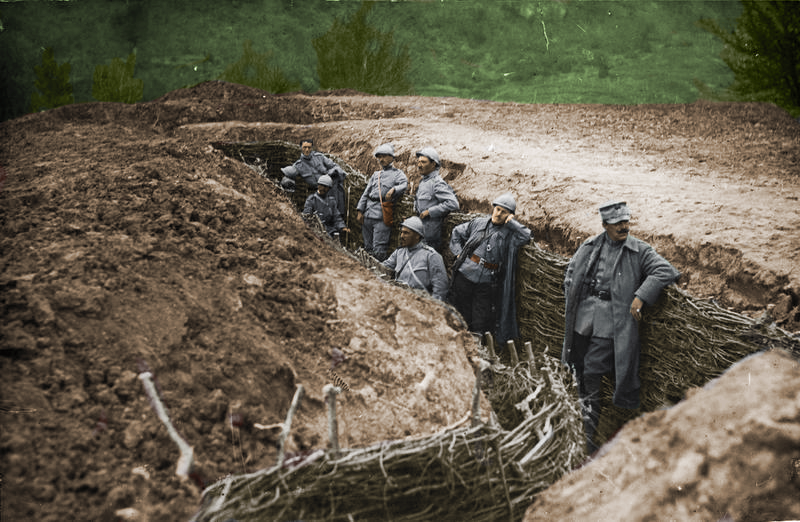
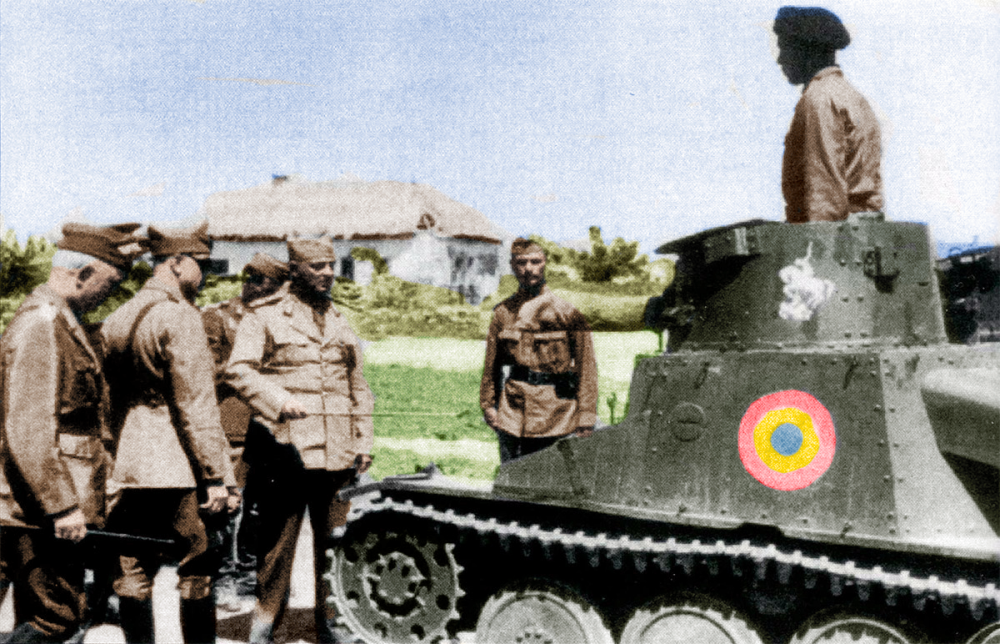
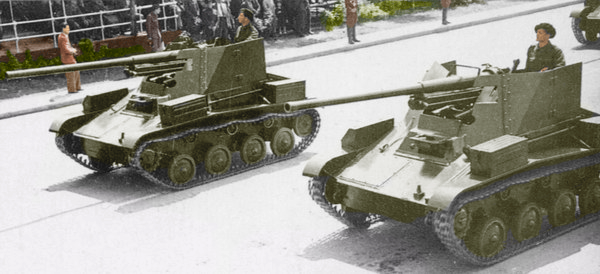


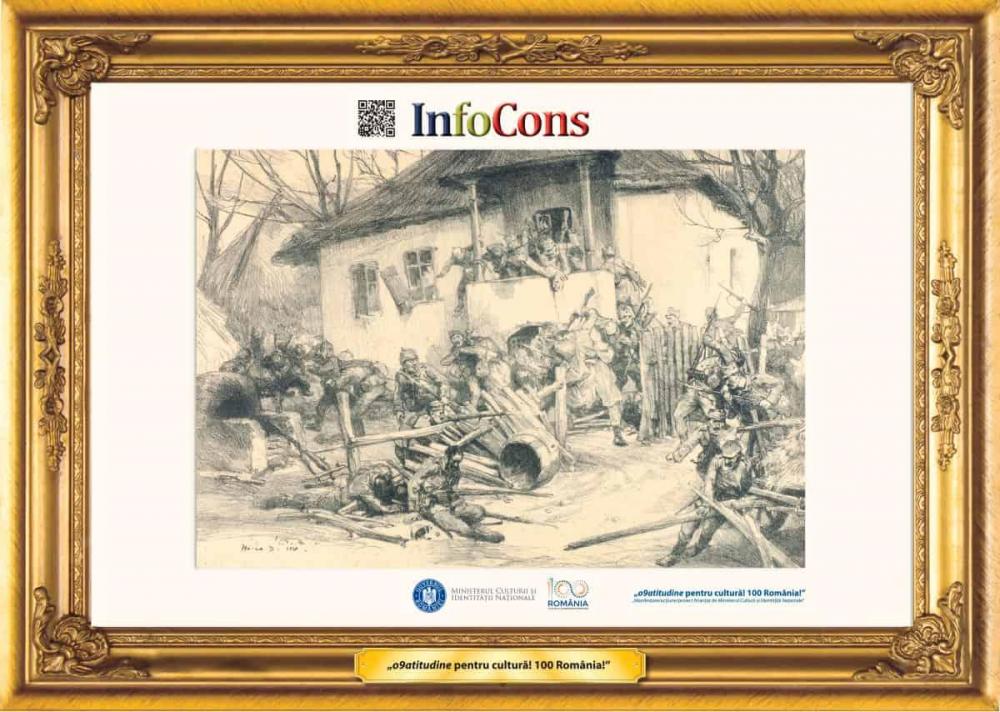
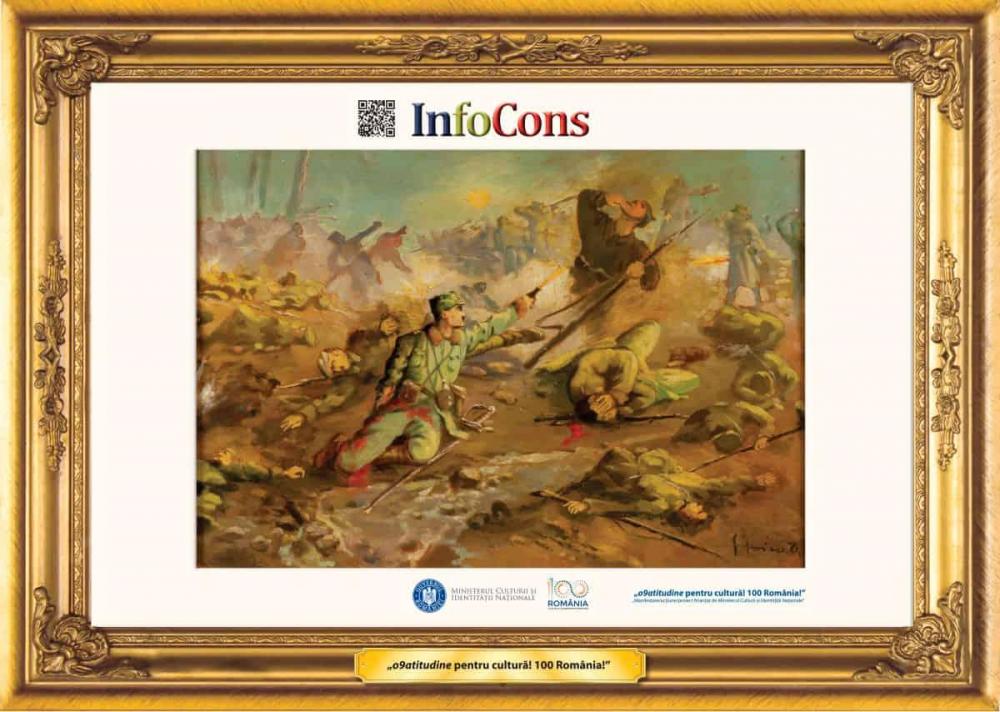
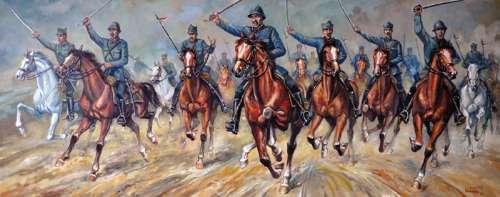
.jpeg.de879ea5d00e1e8d451a8f608d9ea2e3.jpeg)
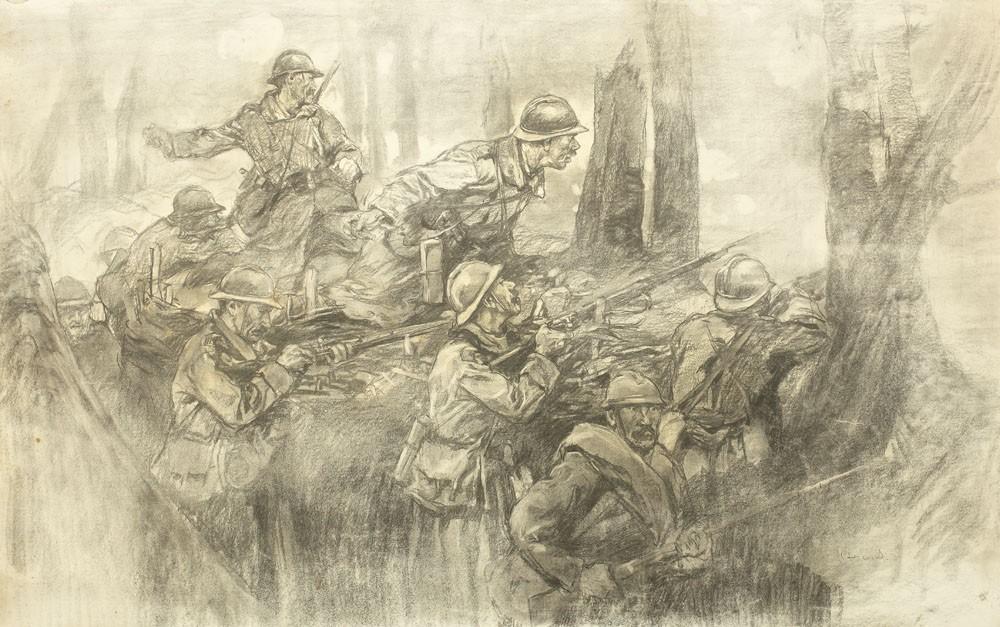
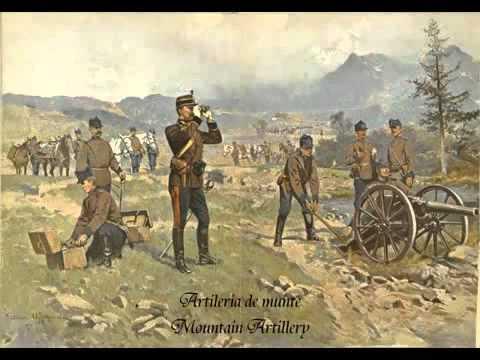
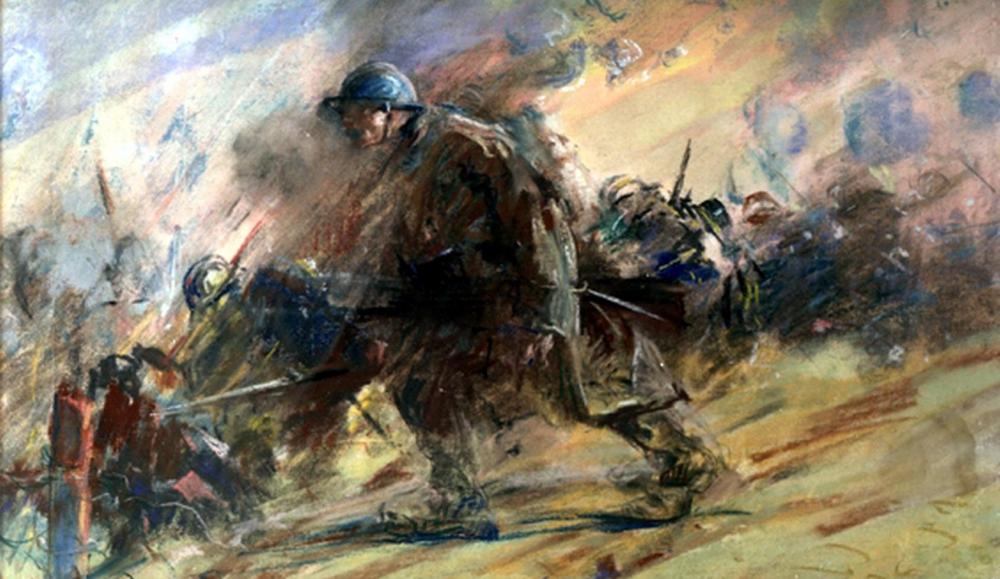

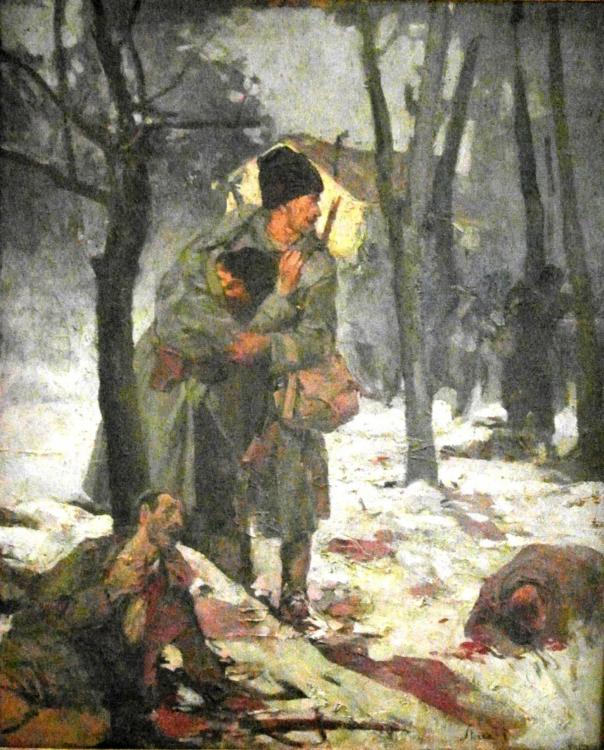
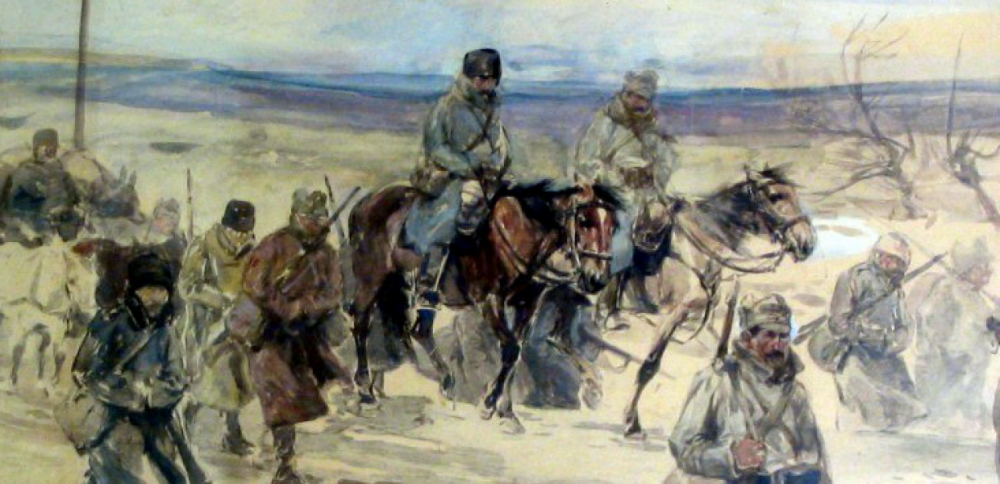
_-_Soldat_citind_scrisoare_n_adapost_la_Marasesti_Marele_Razboi.thumb.jpg.add3e07879c989c55f6b8b180f8024ec.jpg)
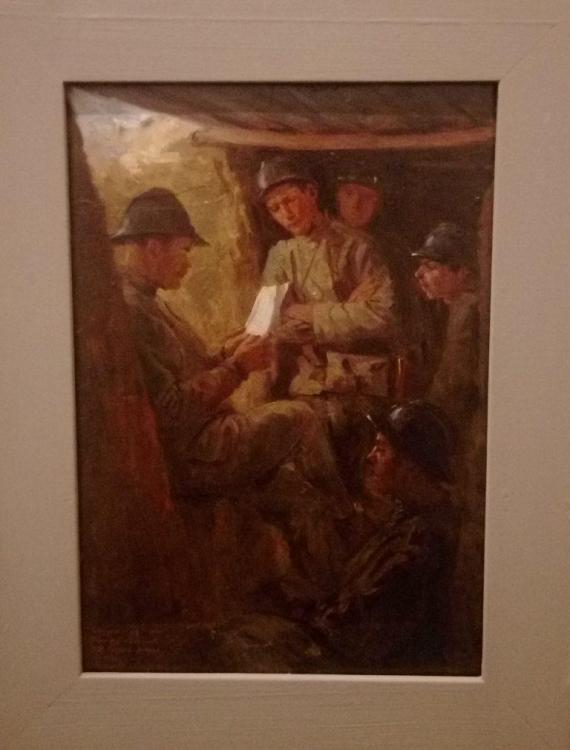
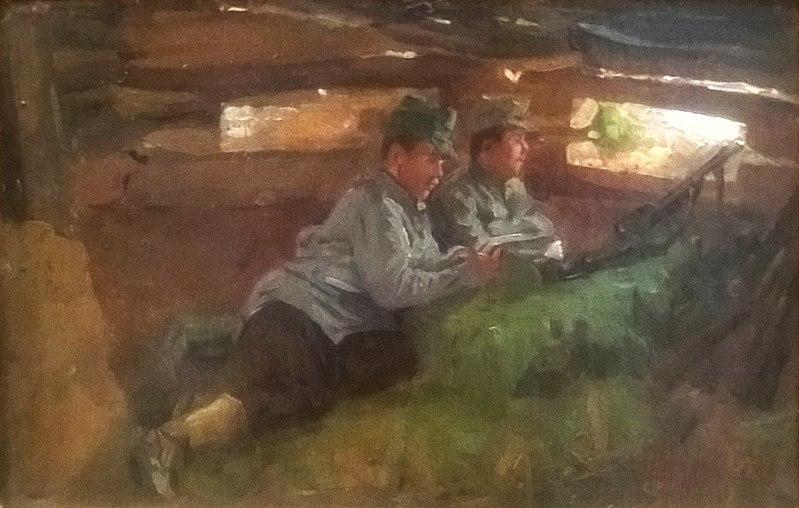
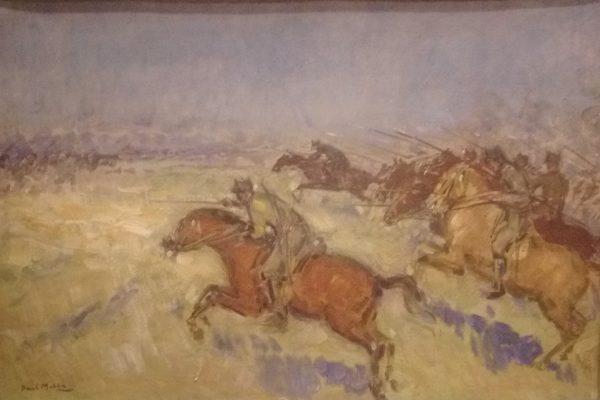
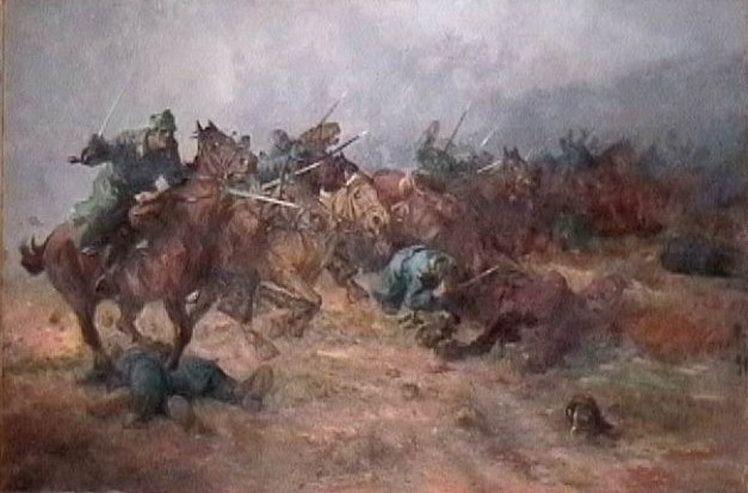
Machineguns in the Russo-Turkish War of 1877-1878
in Firearms & Ordnance
Posted
Recently, I was reading in the latest issue of Historia Special magazine about Romanian armament used in the 1877-78 war of independence. My surprise has been that in the artillery section, the following idea was mentioned: Romania made use of machineguns. The following extract is from the article, translated to English:
And now, here comes my question: how did the Romanian army get their hands on such weapons at the time? The principality was still formally an Ottoman vassal, and getting new guns seems to have been difficult give that the nation did not have yet a proper Black Sea port. Searching online for any reference in regards to this topic, I could not find anything outside the Historia article. As far as I am aware, information used in that article might be coming from "Armata Romana in Razboiul de Independenta" by Cornel I. Scafes, Horia Vl. Serbanescu.
Besides, the common narrative for the Russo-Turkish War of 1877-78 is that the Ottomans had the superior guns, their troops being armed with breech-loading Krupp guns and Martini Henry and Winchester lever action rifles, while the Romanians and Russians were relying on things like the Dreyse needle gun, M1867 Krnka and Peabody rifles.